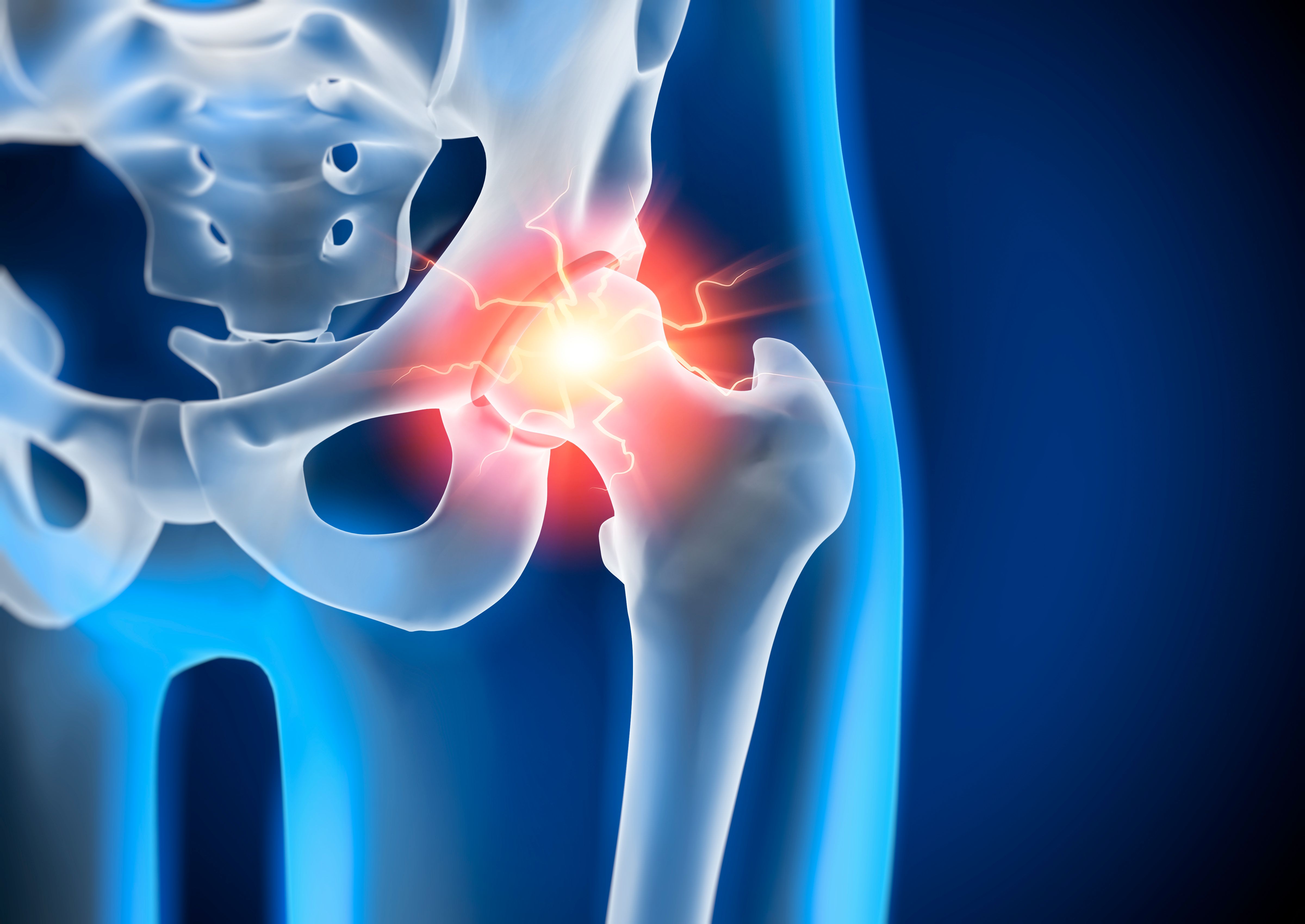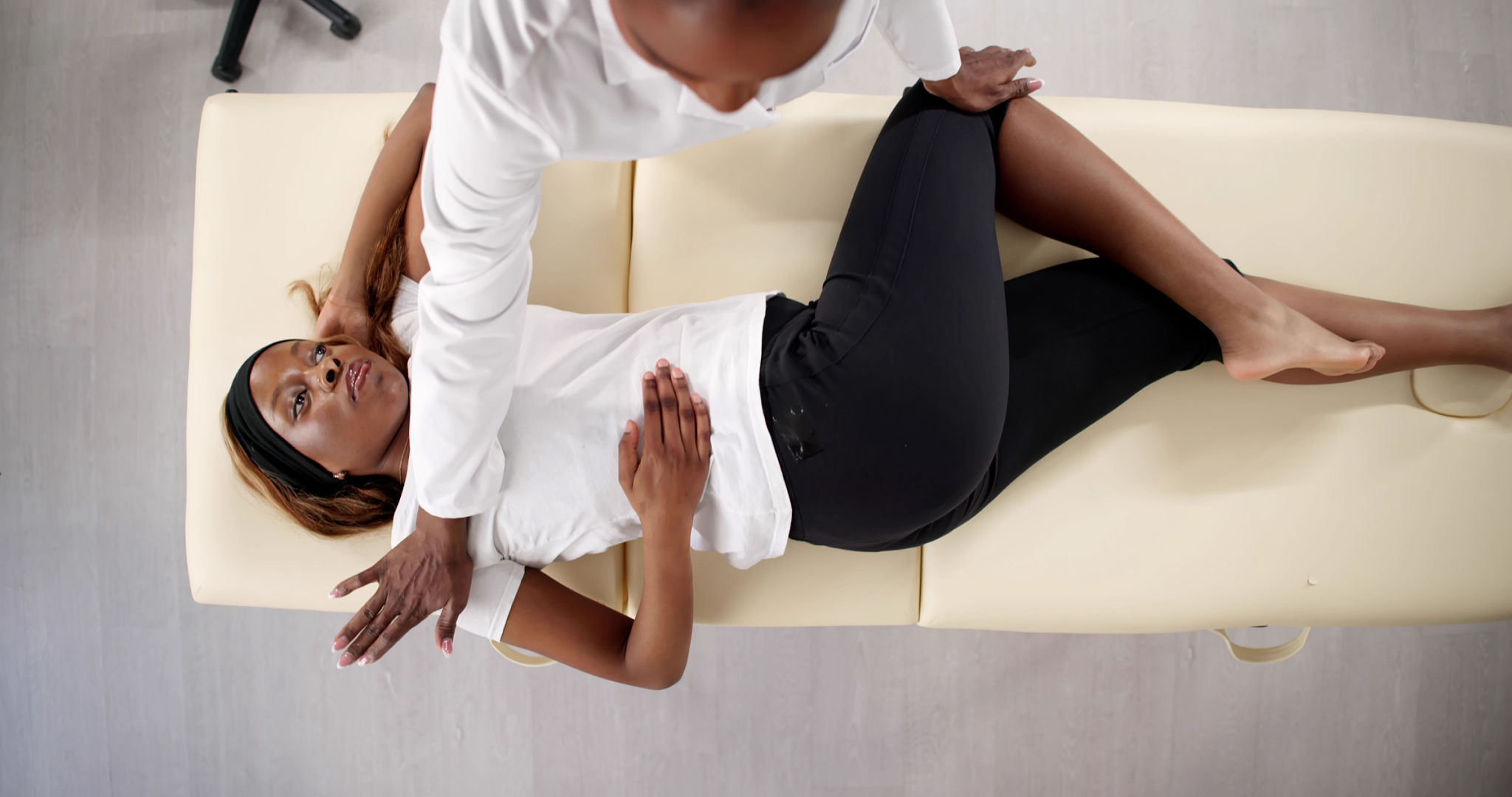Effective Massage Techniques for Hip Pain Relief
Understanding Hip Pain
Hip pain can be a debilitating issue that affects daily activities and overall quality of life. It can stem from various causes such as arthritis, bursitis, or muscle strain. Understanding the root cause is crucial, but regardless of the source, effective massage techniques can offer significant relief. Massage therapy not only alleviates pain but also improves mobility and enhances circulation to the affected area.

The Benefits of Massage for Hip Pain
Massage therapy is a non-invasive treatment that provides numerous benefits for those suffering from hip pain. It helps in reducing inflammation, relieving muscle tension, and promoting relaxation. Additionally, it can increase flexibility and improve the range of motion in the hip joint. Regular massage sessions can also contribute to better posture and alignment by addressing muscular imbalances.
Types of Massage Techniques
There are several massage techniques that can be particularly effective for hip pain relief:
- Deep Tissue Massage: This technique targets deeper layers of muscle and connective tissue. It involves slow strokes and deep pressure to release chronic muscle tension.
- Swedish Massage: Known for its gentle approach, Swedish massage uses long, flowing strokes to promote relaxation and increase circulation.
- Trigger Point Therapy: This technique focuses on releasing tight areas within the muscles that cause pain in other parts of the body.
How to Perform Effective Massage Techniques
When performing massage techniques for hip pain, it’s important to focus on the right areas and apply appropriate pressure. Here’s a step-by-step guide:
- Warm-Up: Start with light strokes to warm up the muscles around the hip area. This prepares the muscles for deeper pressure.
- Apply Pressure: Use the palms of your hands or your thumbs to apply pressure on the gluteal muscles and hip flexors.
- Target Trigger Points: Identify any knots or tight spots and use circular motions to release them.
- Stretch and Relax: End the session with gentle stretches to enhance flexibility and relaxation.

Precautions and Tips
While massage can be highly beneficial, it's important to take certain precautions:
- Always consult with a healthcare professional before starting any new treatment, especially if you have a chronic condition or recent injury.
- Communicate with your massage therapist about your comfort level and any specific areas of concern.
- Stay hydrated before and after your massage session to help flush out toxins released during the massage.
Incorporating Other Therapies
In addition to massage therapy, incorporating other treatments can enhance hip pain relief. Consider physical therapy exercises that strengthen the hip muscles or acupuncture, which can target specific pain points. Combining these therapies can provide a more comprehensive approach to managing hip pain.

The Importance of Consistency
For long-lasting relief from hip pain, consistency is key. Regular massage sessions, combined with daily stretching and strengthening exercises, can lead to significant improvements. By committing to a routine, you not only manage existing pain but also prevent future discomfort.
Conclusion
Massage therapy offers a natural and effective way to alleviate hip pain. By understanding different techniques and incorporating them into your wellness routine, you can experience significant relief and improve your quality of life. Always work with a knowledgeable therapist who can tailor the treatment to your specific needs and conditions.
